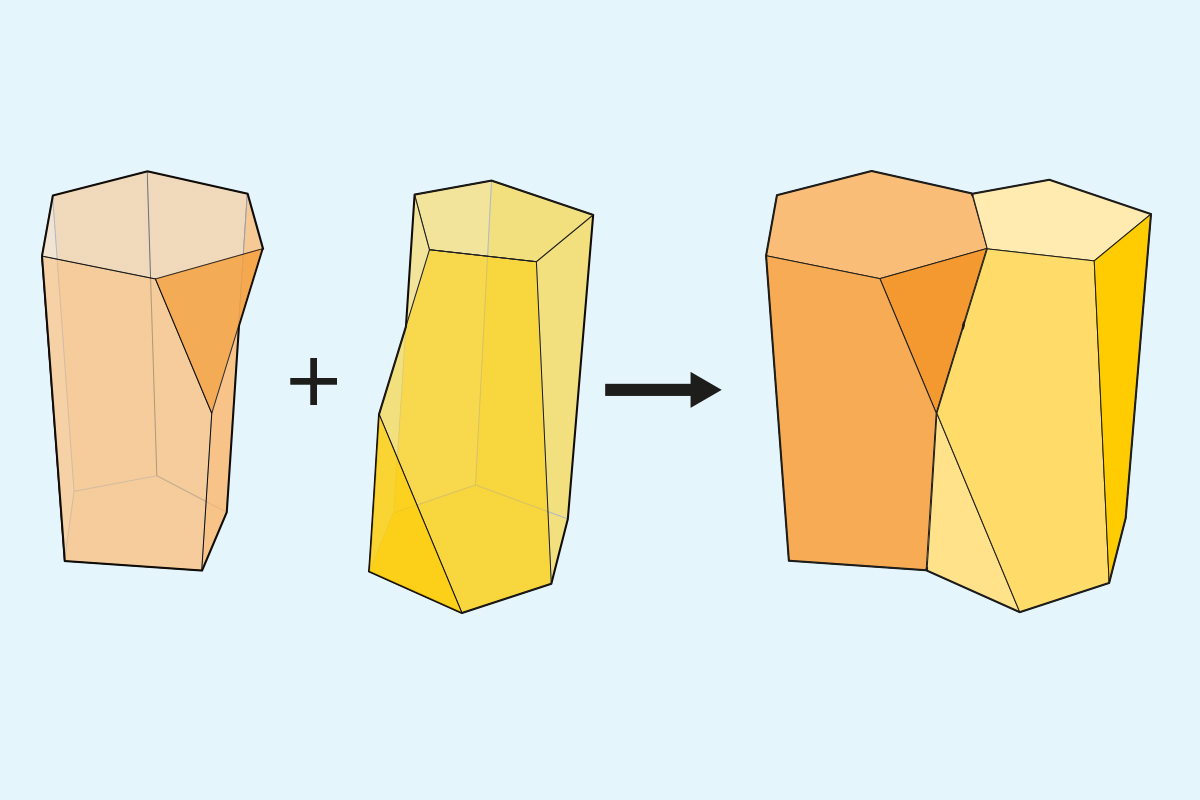Here’s a new paper form Nature Communications describing a discovery of a new geometric shape that is apparently found only in curved epithelial cells.

I find it intriguing that this shape is entirely new, not found elsewhere in nature, but now coined “scutoids” by the authors, and is proposed as making “possible
the minimization of the tissue energy and stabilize three-dimensional packing.”
From the abstract:
“The detailed analysis of diverse tissues
confirms that generation of apico-basal intercalations between cells is a common feature
during morphogenesis. Using biophysical arguments, we propose that scutoids make possible
the minimization of the tissue energy and stabilize three-dimensional packing. Hence, we
conclude that scutoids are one of nature’s solutions to achieve epithelial bending. Our
findings pave the way to understand the three-dimensional organization of epithelial organs.
Fascinating! Not only did NS, or neutral drift, or 50% of the former and of the latter, or is it 60% NS and 40% neutral drift, or . . . You get my point.
How did “evolution,” the great Designer of Life, not only overcome the problem of multicellularity, but also stumble upon a “geometry” all of its own making?
Great stuff that Evolution (we put it in caps because it is so powerful, and deserving of our admiration, if not worship).
From New Scientist:
Say hello to the scutoid, a brand new shape that has been discovered in our cells. This addition to geometry finally explains how nature packs cells efficiently into three-dimensional structures.
All animals are formed from tissues that bend into complex shapes. The building blocks of these structures are epithelial cells, which pack tightly together to form the lining of blood vessels and organs.
It had been assumed that these cells adopted prism- or pyramid-like shapes to form these structures, but no one was sure . . .